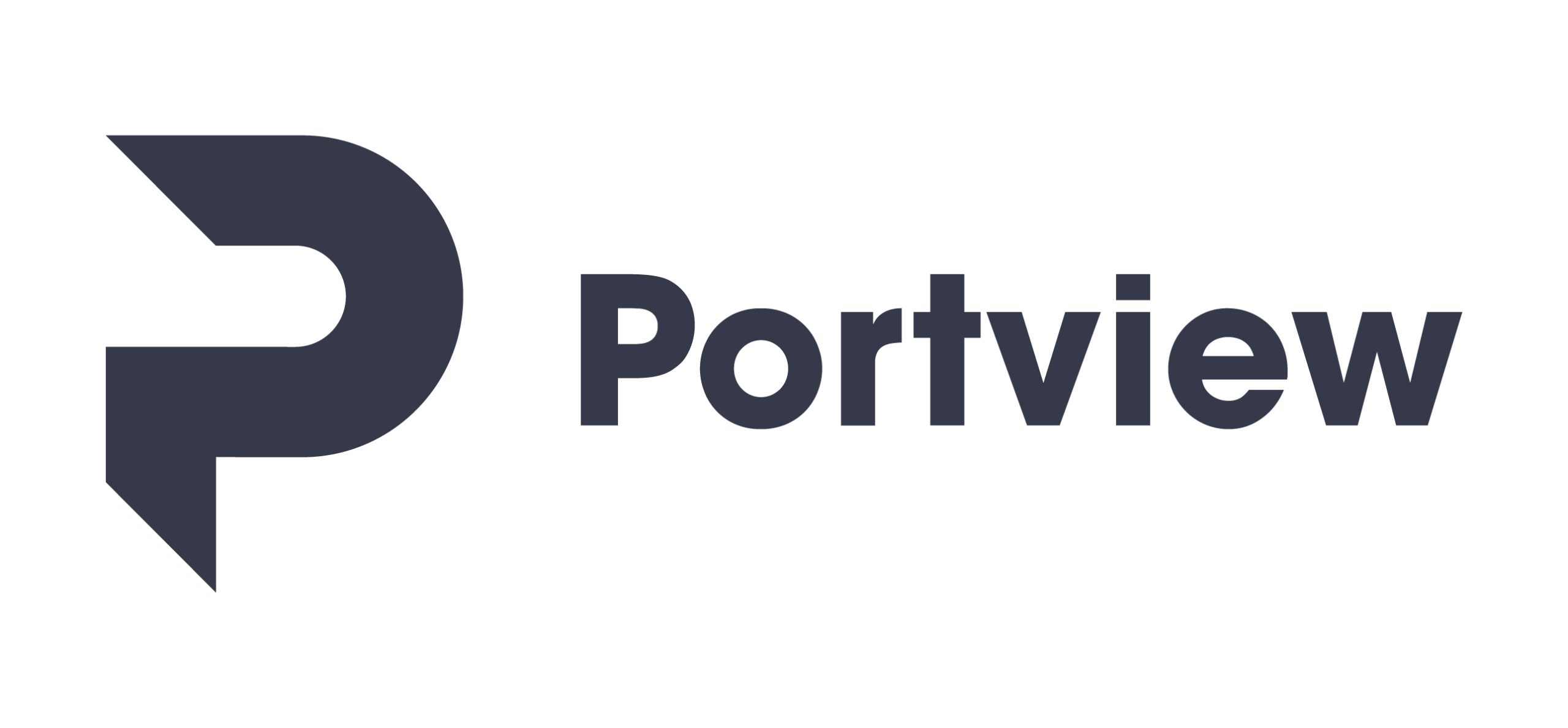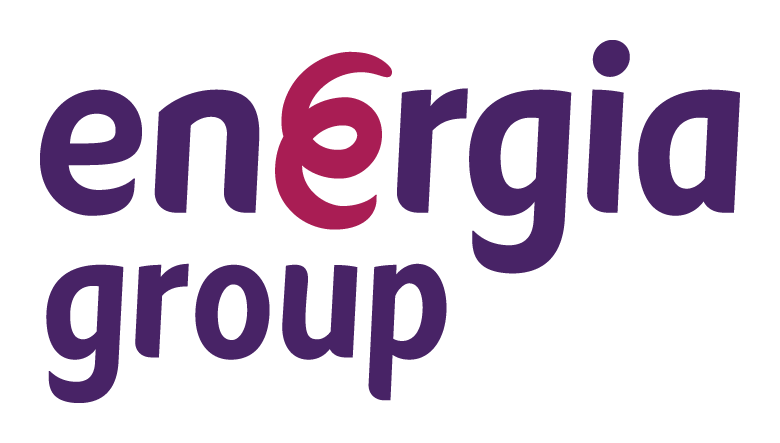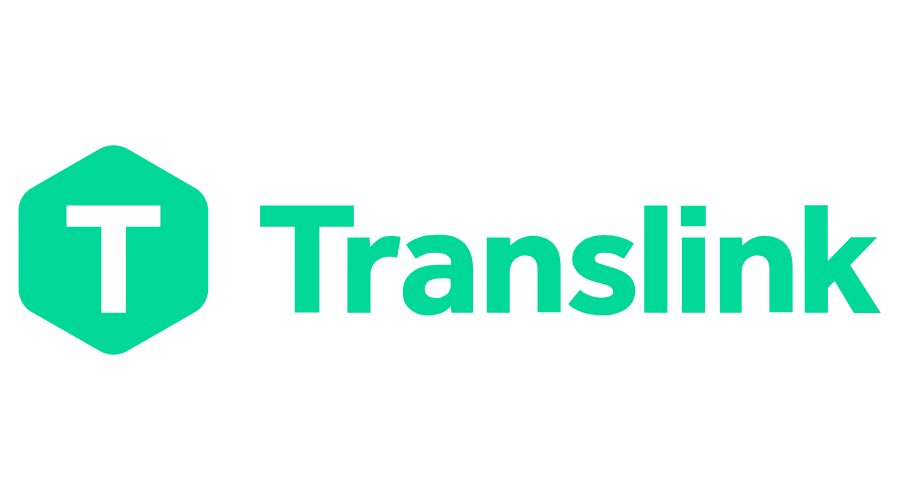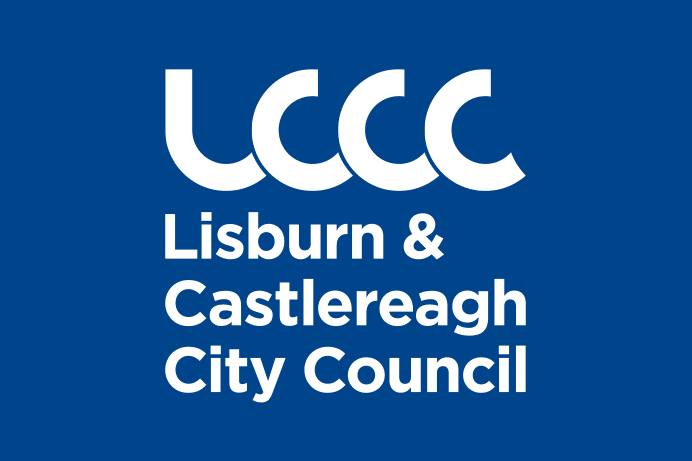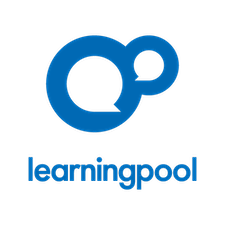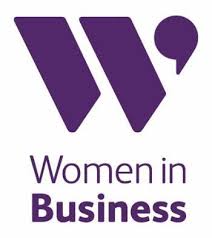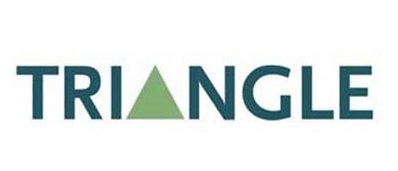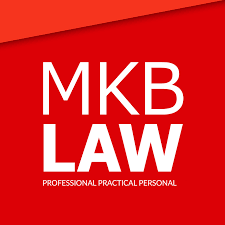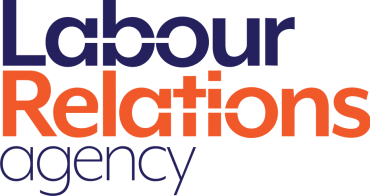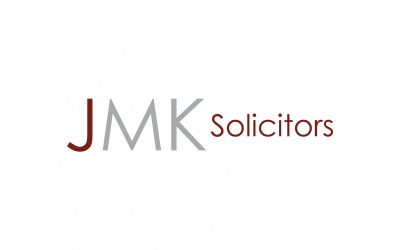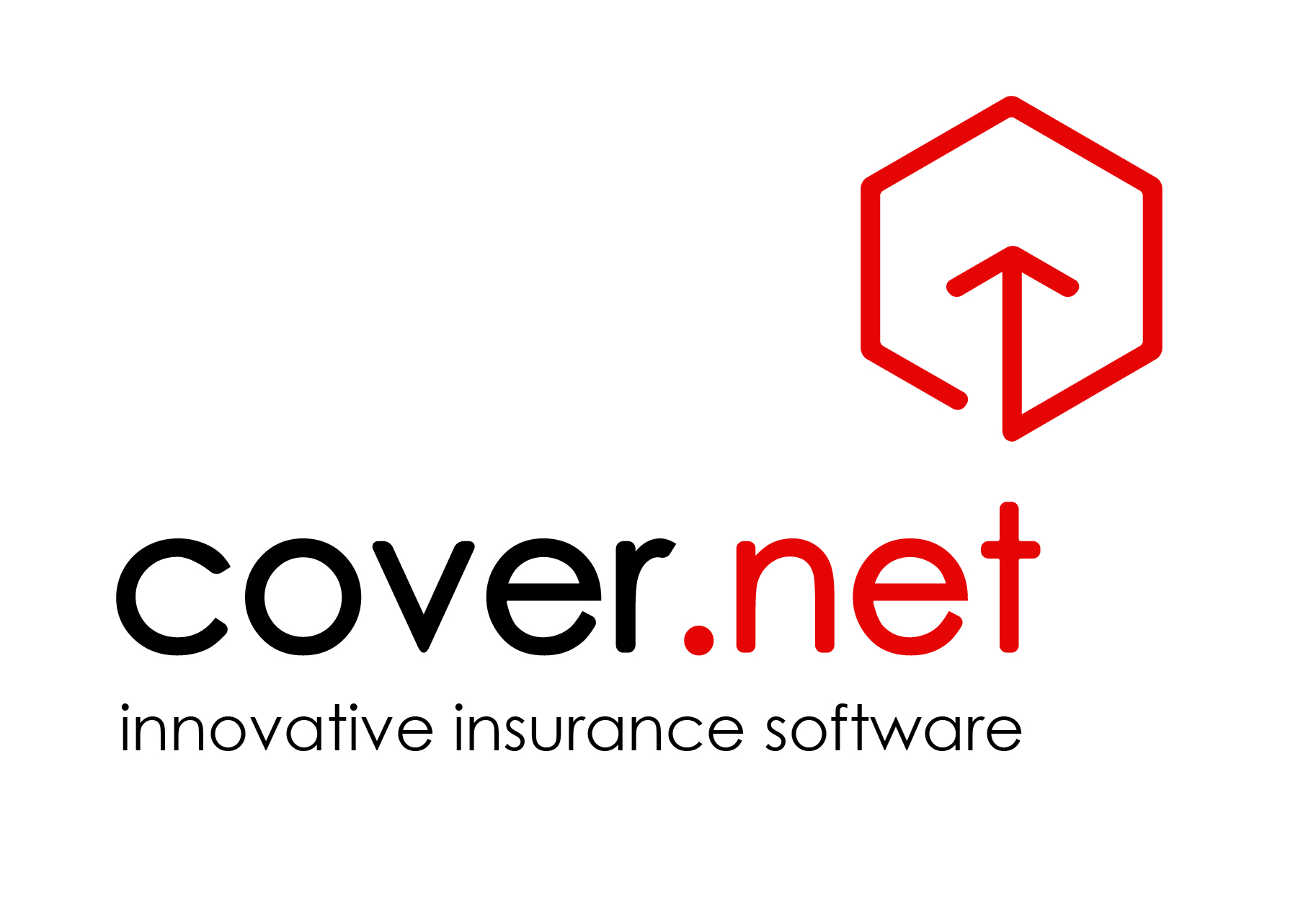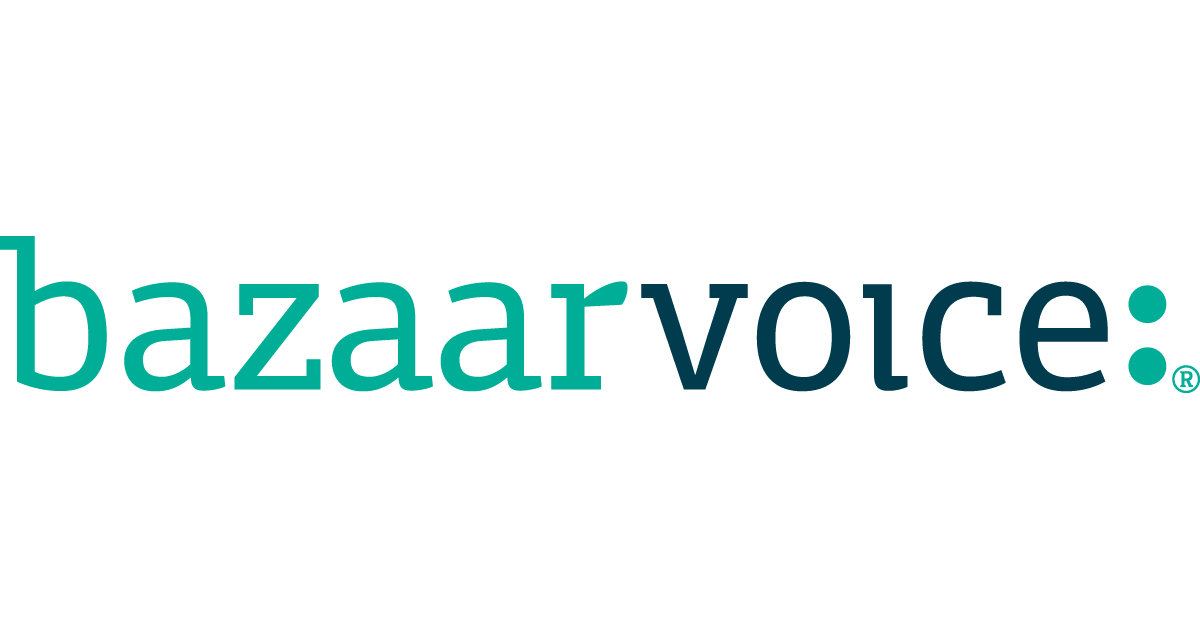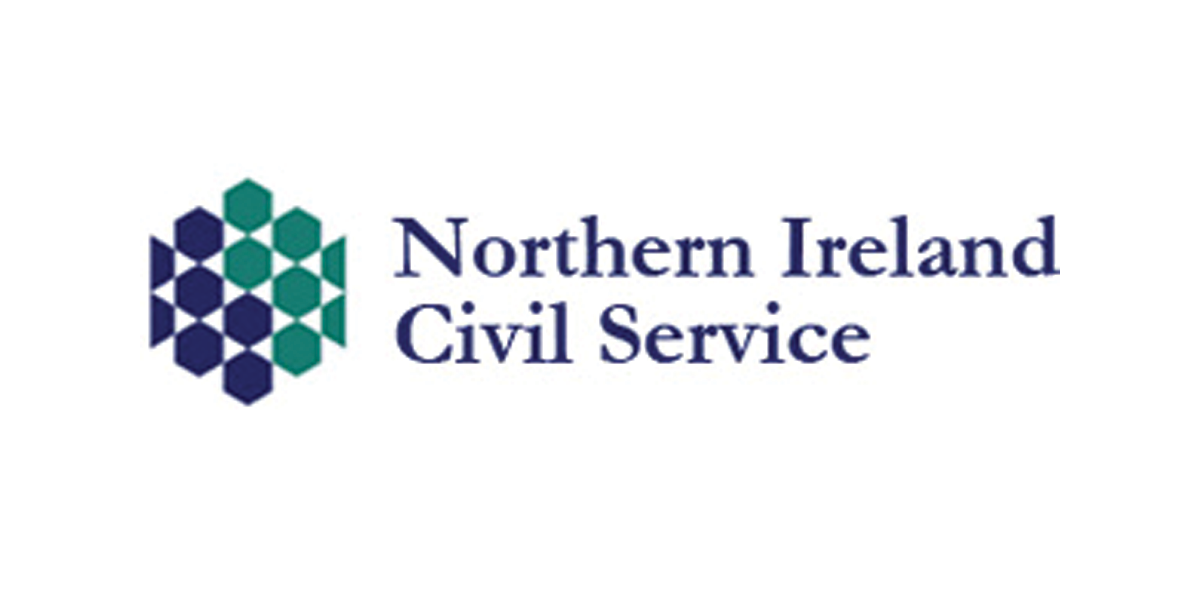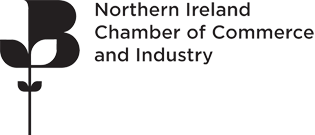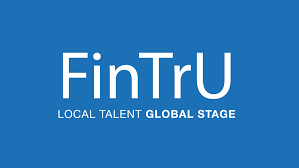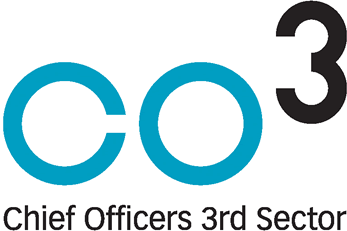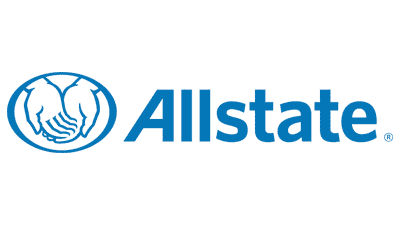Diversity, Equity, and Inclusion (DEI) for Psychological Safety
Attracting the right talent into your workplace is essential for your organisation to thrive. And to make sure you retain your talent, then it’s your responsibility to create an inclusive atmosphere where everyone feels able to give their best. The emphasis on Diversity, Equity, and Inclusion (DEI) in the workplace is a fundamental aspect of organisational success and societal progress. Psychological safety begins with an inclusive culture. But what exactly does DEI mean, and how can you make sure that you and your teams adopt inclusive behaviours in the workplace?
What is Diversity, Equity and Inclusion (DEI)
Diversity refers to the presence of differences within a given setting, encompassing various dimensions such as race, ethnicity, gender, sexual orientation, age, ability, religion, socio-economic background, and more. Equity involves ensuring fairness and impartiality in opportunities and outcomes. Inclusion focuses on creating an environment where all individuals feel valued, respected, and empowered to contribute their unique perspectives and talents.
What does Diversity, Equity, and Inclusion mean in the workplace?
It means fostering an environment where employees from diverse backgrounds not only coexist but thrive together. Research consistently highlights the tangible benefits of embracing DEI in the workplace. Companies with diverse teams are proven to be more innovative, financially successful, and better equipped to navigate complex challenges. Moreover, organisations that prioritise inclusion experience higher employee satisfaction, retention rates, and overall productivity. When you help people to co-exist, respect difference and consciously consider the impact of their behaviours then you create an environment where innovation thrives, and results follow. When our clients identify the metrics that matter to them, like sick days, project completions or new product developments, they inevitably measure an improvement when they focus on DEI.
What else might you find?
In a recent assignment for a client, the Bespoke Communications team was asked to support behaviours to create a level playing field for all genders. On the face of it, the programme was designed to break down unconscious bias and encourage everyone to develop empathy for those who were different to them. In the end, the programme uncovered many behaviours that made everyone feel like they mattered, and not just the group whom the session was originally designed to support. Making people matter is is key for sustained innovation.
Continuous Improvement
In another assignment, we worked with a Continuous Improvement team. They were challenged to influence people who didn’t think the way they did about process and innovation. We supported them with a bespoke skills development programme that validated everyone’s input, where they learned to listen closely to their colleagues and identified the questions that could uncover opportunities to progress their ideas.
Eight Approaches to Inclusive Facilitation
Here are our Top Eight Approaches to Inclusive Facilitation that might help you to chair an inclusive meeting or run an inclusive training session.
- Include everyone – do introductions at the start of the meeting. Otherwise people might hold back as they don’t know who everyone else is.
- Because not everyone is comfortable with jumping in with opinions, use technology like agile retro tools, Mentimeter or even Post-Its to personally reflect on ideas, and invite contributions from there. Tech tool can be helpful for anonymously socialising ideas.
- To keep your session on track, use a parking lot (eg visible whiteboard) to make a note of good ideas that come up which are off-topic. Make a plan for actioning those items.
- Provide validation for good contributions, ie value the process as much as the outcome.
- Use signposts to give people time to formulate an opinion eg ‘I’m coming to you next for your thoughts.’ It gives people time to formulate their thoughts.
- Make time to ask ‘is there anything else’ at the end of a learning session.
- Break out into smaller groups for positive contributions.
- And the final thought – pause and acknowledge how you feel as session facilitator. Sometimes you can feel under pressure to keep things moving when actually, a pause might be just what the topic needs to breathe. We are often not comfortable with silence. Learning to allow silence from time to time can be a game-changer for positive outcomes!
In conclusion, embracing Diversity, Equity, and Inclusion isn’t just a moral imperative—it’s a strategic imperative for organisations seeking to thrive in today’s diverse and dynamic landscape. By prioritizing DEI and making everyone matter, companies can harness the full potential of their workforce, drive innovation, and cultivate a culture of belonging where everyone can flourish.
If you've enjoyed reading about Communication Skills then you might be interested in attending a course.
